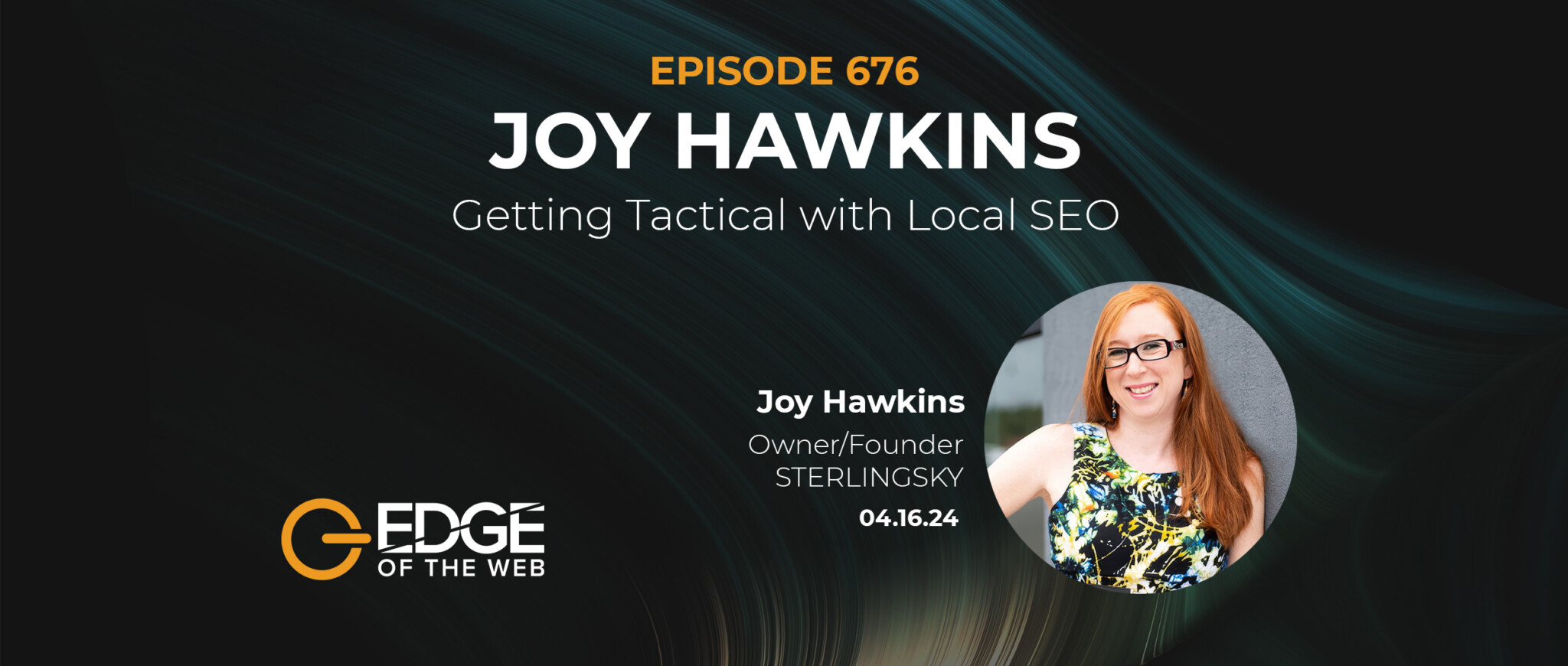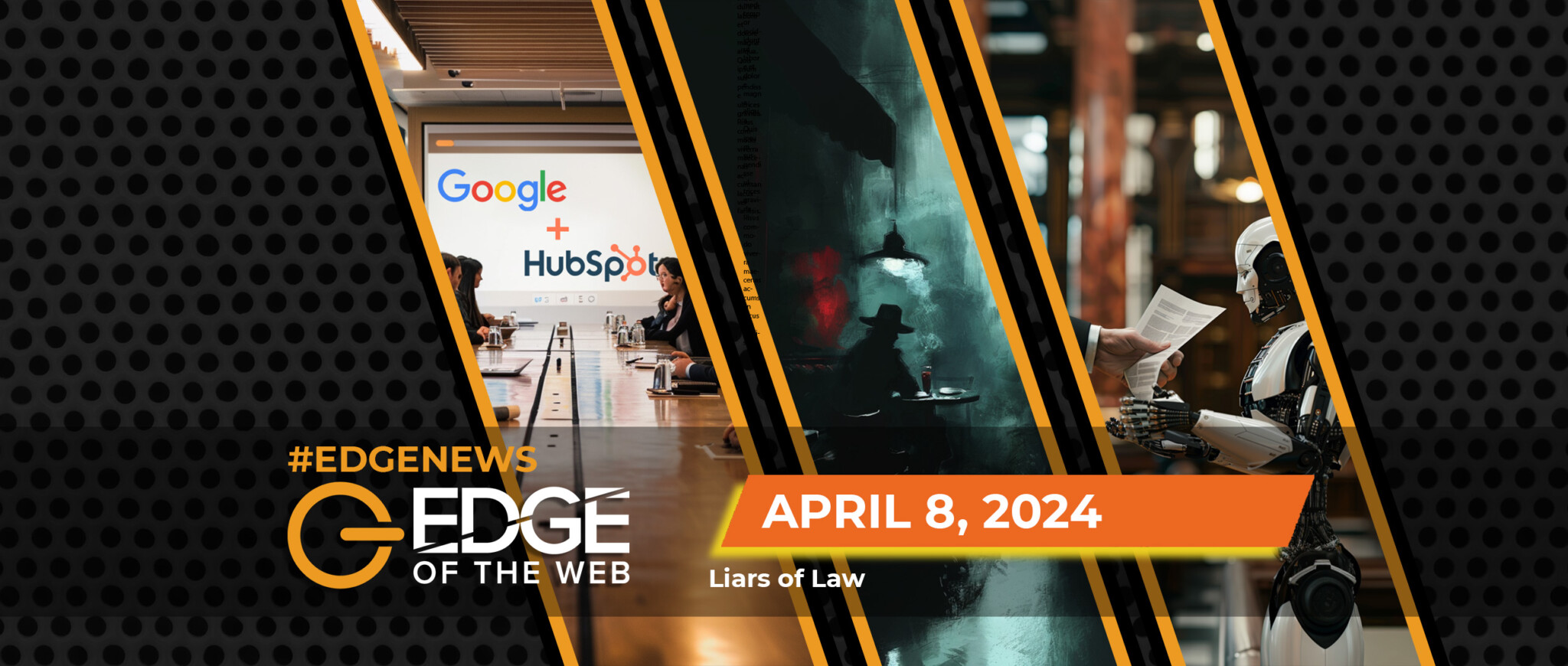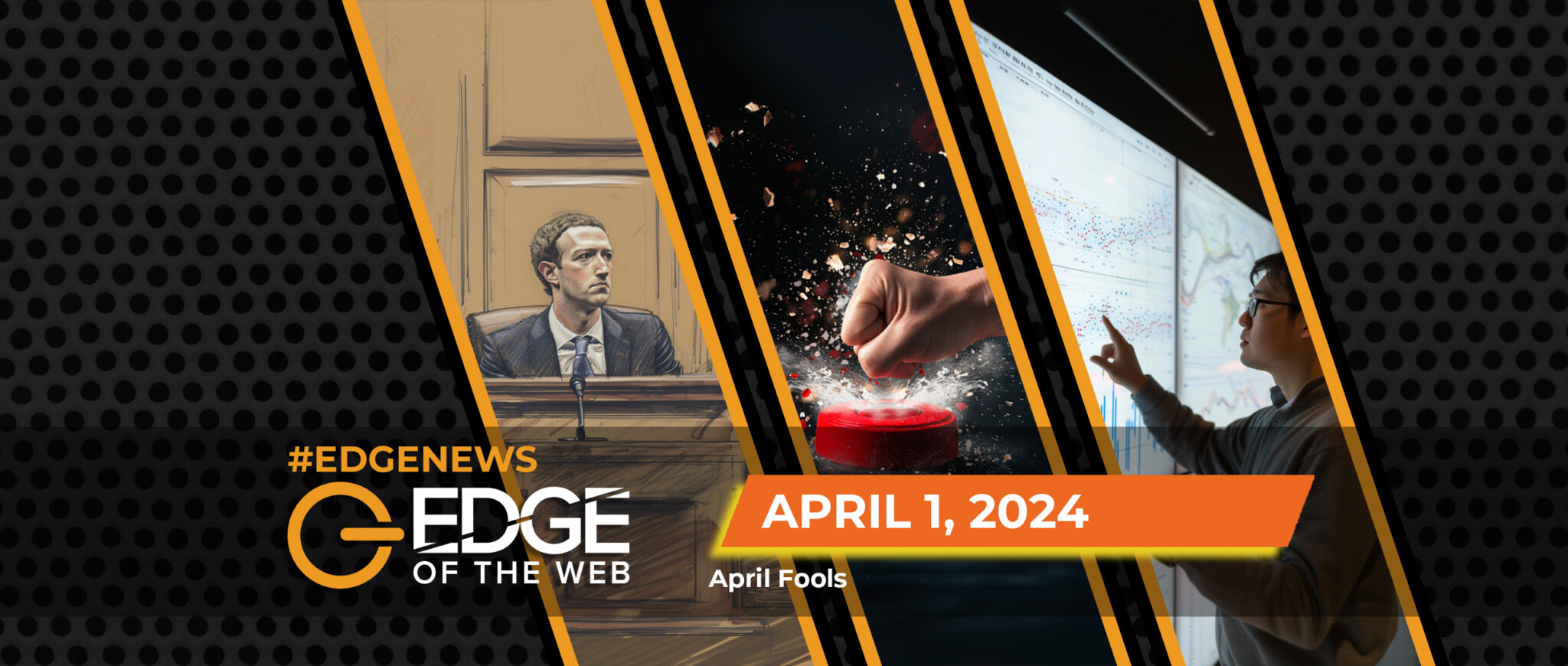For episode 415 of the award-winning EDGE of the Web podcast, we spoke with Pedro Dias, Head of SEO at Reach PLC. Host Erin Sparks spoke with Dias about user experience philosophy and how the SEO community can build a more critically thinking infrastructure for new SEOs. Here’s what we learned:
Peter Morville’s Honeycomb UX Philosophy
[00:13:09]
Peter Morville is considered, by many, to be the leading mind in information architecture. He’s spent decades working on the concept of information architecture for major companies like DOW and Microsoft.
Around 2004, Peter widened his focus to include user experience. He found himself in need of a graphic to demonstrate to his clients the different facets of UX. So he created a honeycomb model.
This model contains seven components:
- Usefulness
- Usability
- Desirability
- Findability
- Accessibility
- Credibility
- Valuable
Dias believes analyzing this philosophy and thinking about user experience, even in academic terms, is something SEOs should practice regularly. Especially as Google is using the honeycomb model as a “North Star” of information.
“People were not so much into this academic part of things,” Dias explained, “I argue that it’s something that SEOs should know, because it gives you reasoning behind why you should be doing things and how you should be solving problems.”
How To Help New SEOs: More Critical Thinking On Display
[00:20:00]
Some things that Dias finds himself frustrated with are blanket statements and weak testing. He believes new SEOs just starting in this business need to learn how to question and interpret data. Unfortunately, he worries that weak and flawed testing methodologies he sees may lead newcomers down the wrong paths.
“It’s really easy to give the wrong path to someone who’s learning. You want to teach people to think, not to give them the end result,” Dias said, “It’s like the saying that you want to teach people to fish and not give them the fish.”
Dias gives the example of sub-domains versus sub-directories; a conversation that’s been in the SEO community for quite some time.
“One of the oldest discussions that we have been having in our industry is the sub-domains versus sub-directories one. This goes on because everyone has different experiences, and we fail to understand that some setups work for some, some setups work for others. It’s a holistic system,” he explained.
There’s an argument to be made that there’s no SEO checklist that works for every site, every practice. There are mechanics to not impede Google’s ability to find the information it seeks, but no set of tactics are going to result in promised success and results.
“What I usually say is don’t delegate the rational part of making a decision to the tool. The tool is going to make a binary decision, based on what it sees,” Dias explained.
“It’s going to blink either green or red, because that’s what it knows how to do. And it’s up to you, the human, to say ‘Okay, it’s blinking red. But it’s red because it’s the best scenario for my situation and it should blink red. It should not blink green.’ Historically, we have been driven by blindly going after everything that tools tell us to do.”

























